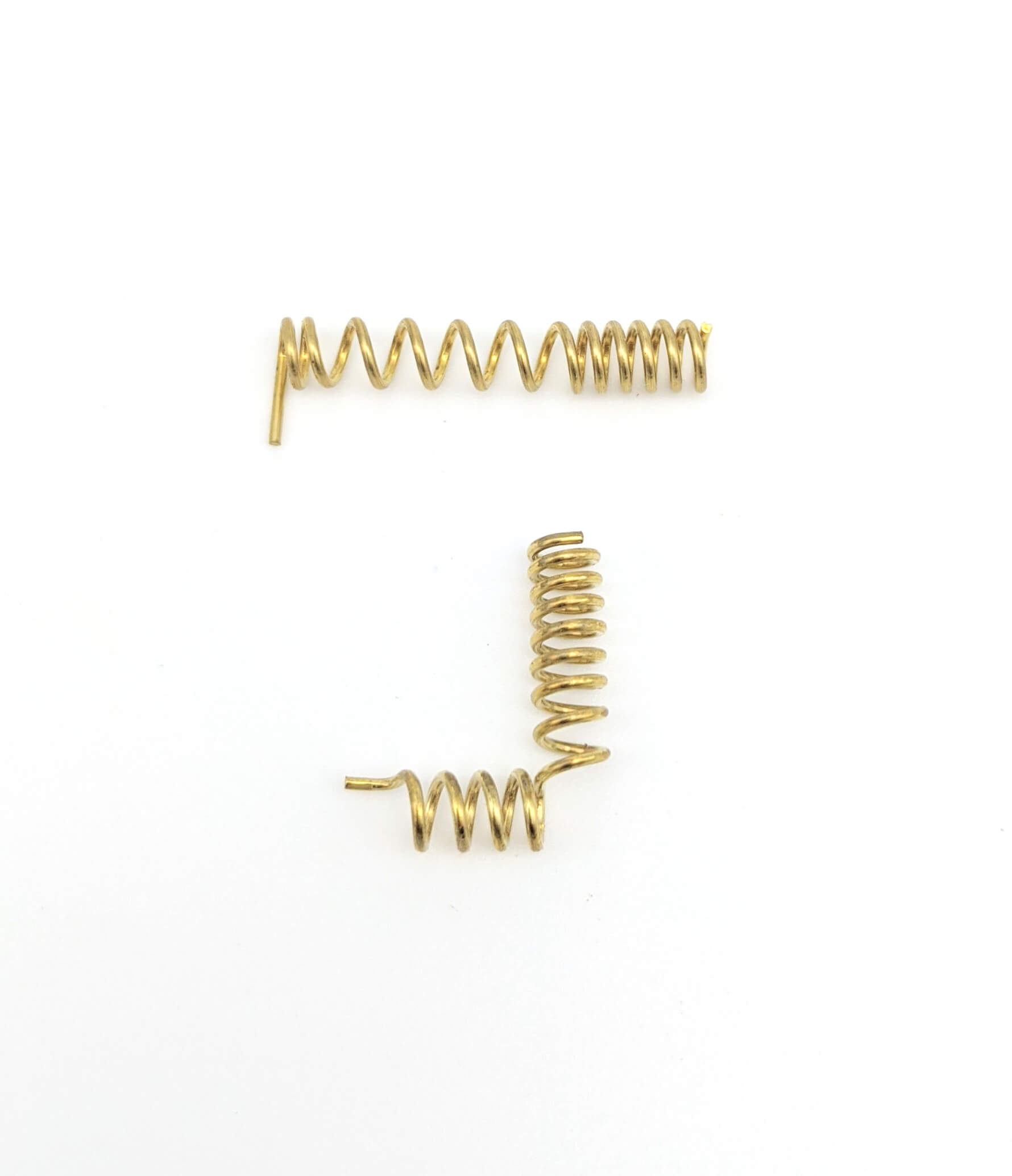Get unique, complex parts easily. No matter your requirements, Chaoyi Spring creates hard-to-produce coil springs and wire forms.
Let us help you create the custom wire form you need, from S-hooks and J-hooks to utility hooks and more.
We work closely with customers across a wide range of industries, helping them design and manufacture made-to-order parts.
Why choose Chaoyi Spring? We prioritize customer-focused collaboration, modern equipment and the latest technology to make your parts per print.
Find the information and guidance you need, from measuring a spring to learning about materials, placing an order and much more.
Garage doors, those silent giants that protect our vehicles and belongings, rely on a complex system of components for their smooth and reliable operation. At the core of this system


Garage doors, those silent giants that protect our vehicles and belongings, rely on a complex system of components for their smooth and reliable operation. At the core of this system lies the torsion spring, a crucial element responsible for lifting and balancing the heavy door. Understanding the torsion spring chart, which details the various specifications of these springs, is paramount for homeowners and garage door professionals alike. This chart acts as a blueprint, guiding us through the selection, installation, and maintenance of the right torsion spring for our garage door, ensuring optimal performance and safety.

Imagine a garage door without a torsion spring. It would be a clunky, heavy beast, requiring immense manual effort to open and close. The torsion spring, a coiled steel marvel, provides the counterbalancing force that makes raising and lowering the door effortless. By storing and releasing energy, the spring significantly reduces the effort needed to operate the door. This not only saves us physical exertion but also prevents wear and tear on the door's mechanical components, contributing to its longevity.
The torsion spring's design is ingenious. Its shape, size, and material composition determine its strength and the amount of force it can exert. This force, measured in pounds, is critical for balancing the weight of the door. If the spring is too weak, the door will be heavy to lift. If it's too strong, it can pose a serious safety hazard, potentially leading to uncontrolled movement or even injury.
The torsion spring chart, a comprehensive guide for garage door professionals, presents a wealth of information about various torsion springs. It's often presented as a table, outlining key specifications such as:
The chart also often includes information on compatible garage door models and manufacturers, making it easier to find the right spring for your specific situation.
Choosing the right torsion spring from the chart can seem daunting at first, but it's not as complex as it might appear. Here's a step-by-step guide to help you navigate the chart:
Remember, safety should always be the top priority. Never attempt to adjust or replace a torsion spring yourself if you lack the proper knowledge and tools. A faulty installation can lead to dangerous situations. A professional will handle the job with the necessary expertise and safety precautions.
While the torsion spring chart is a valuable tool for selecting the right spring, it's not the only factor to consider. Here are some additional considerations:
Proper maintenance is key to ensuring your garage door and torsion spring remain in top condition. Here are some tips for preventative maintenance:
The torsion spring, a seemingly simple yet crucial component, plays a vital role in the smooth and safe operation of your garage door. Understanding the torsion spring chart empowers you to make informed decisions regarding selection, installation, and maintenance. By following these tips and consulting with a professional when necessary, you can ensure your garage door operates flawlessly for years to come, providing peace of mind and convenience for your home.
Remember, a well-maintained garage door with a properly functioning torsion spring is not only convenient but also essential for safety. By paying attention to the chart, scheduling regular maintenance, and consulting a professional when needed, you can ensure your garage door remains a reliable and integral part of your home for many years to come.
Browse some of the custom wire forms and springs that we manufacture. Don’t see what you need? We specialize in made-to-order products that meet your application requirements.
Visit Our GalleryNeed a custom wire form or coil spring? We make it work. Fill out the contact form and a representative will respond within 1 business day. If you have a PDF or CAD file, you can submit to request a quote.